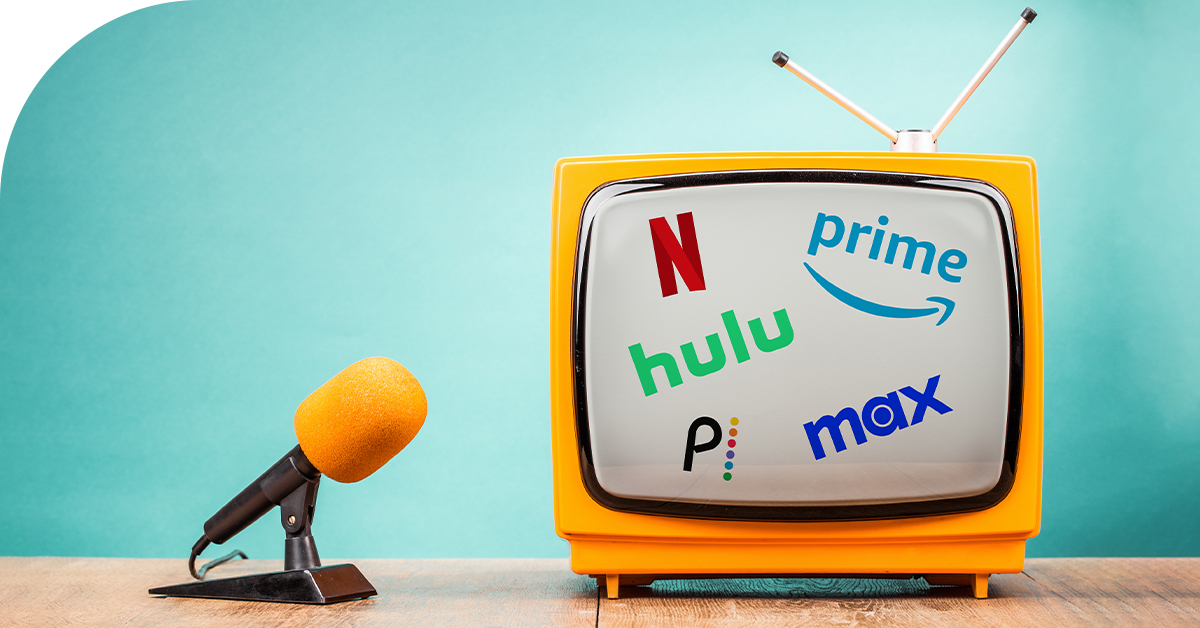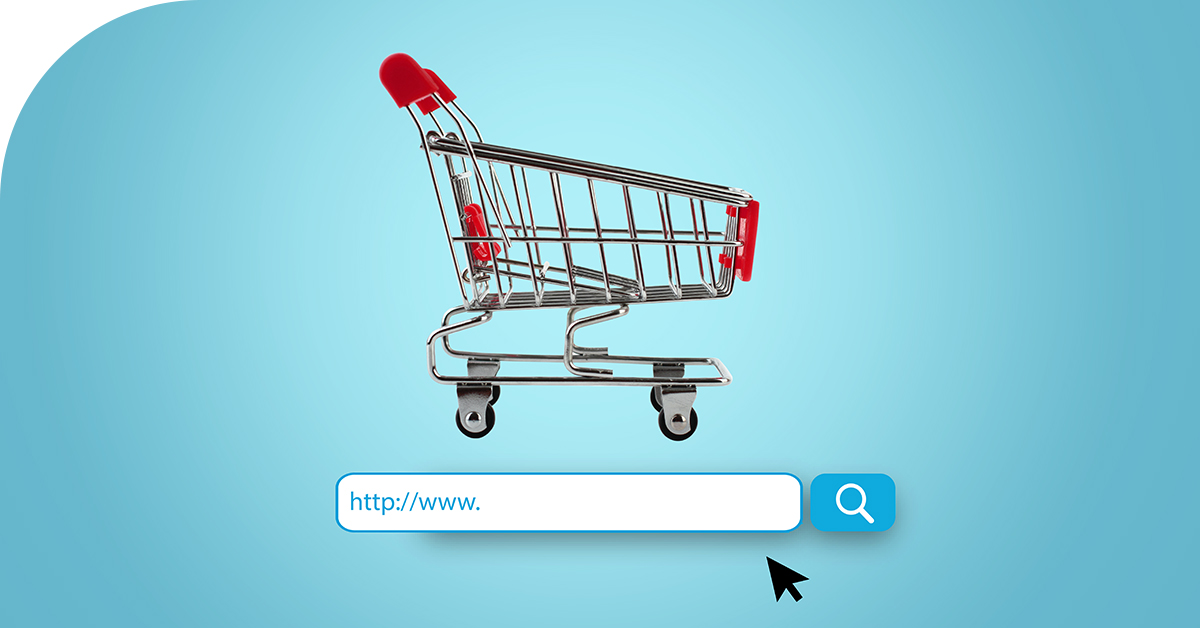The sheer amount of competition in the ad world today can seem overwhelming, especially when you find yourself attempting to serve effective ads without a defined digital audience for targeting. After all, successful advertising hinges on your ability to reach the people who will be the most interested in your product or service.
That’s when knowing how to define your digital audience targeting comes in handy.
What is audience targeting
Digital audience targeting, otherwise known as a target market, is a defined group of people who are considered to be a company or brand’s ideal customers. How old are they? Where are they located? What are they interested in? What drives their purchase behavior?
Digital audience targeting: the five W’s
It’s a tale as old as time. “Who, what, when, where, why” has been drilled into our heads since high school. The good news: Those classic five questions still come in handy today, especially when starting to outline your ideal customer profiles.
With roughly nine out of 10 American citizens using the internet today, it goes without saying that trying to reach all of them wouldn’t be the brightest marketing move. Instead, crafting advertising that feels personalized toward the people most likely to buy from you is a much better move.
Defining and building a target audience for a new client or campaign—no matter how many times you’ve done it—can still be tricky. That’s why we created this fill-in-the-blanks-style guide to help you kickstart each audience and digital advertising campaign.
Below, mad-lib your way to a well-defined target audience. Once filled in, your new audience—along with defined strategies and goals—will be ready to go for your next digital campaign.

Step 1: Define your audience
Step 1: Audience
My primary customers are in the age range, primarily located in . Some of their interests are , , and . By day, they work in , and you can call them .
Step 2: Define your strategy
Step 2: Strategy
Because this is a campaign, we’ll use tactics like for messaging they can relate to. We’ll also use targeting tactics like , , and to reach them.
Step 3: Define your goals
Step 3: Goals
For our digital marketing campaigns, because we want to drive , our primary goal will be . All of this will ultimately result in .
Targeted advertising: do’s and don’ts
Highly targeted and personalized advertising can be incredibly effective—but as marketers, we’re directly responsible for not taking it too far.
Many would argue that personalized advertising experiences are preferred by consumers. While they’re not wrong, there’s a fine line between personalized and just plain creepy.
As we mentioned at the beginning of the post, there’s an incredibly high amount of data available to advertisers—and it can be equally helpful and harmful. When Facebook’s data drama began, GDPR was also going into effect, resulting in a big wake-up call for the advertising industry. In fact, it’s predicted that the U.S. will have its own version of GDPR sooner rather than later.
According to a 2018 study by Digiday, the U.S. spends exponentially more on display and programmatic ads than any other country in the world. And when it comes to the data used to serve those ads, well, those companies are pretty much tracking your every move—and they’re pretty good at guessing things they don’t know based on the information they do have.
Using the data available to you, along with your completed mad libs above, keep these dos and don’ts of targeted advertising in mind before launching your campaign.
Do:
- Deliver a relevant ad experience.
- Provide value.
- Use advanced tactics like geofencing to present something of value.
Don’t:
- Stalk customers for months with the same ads.
- Be intrusive or make customers feel like prey.
- Serve ads that set unrealistic expectations.
Want more advice, or have questions about available data? We’re here to help. Reach out.






